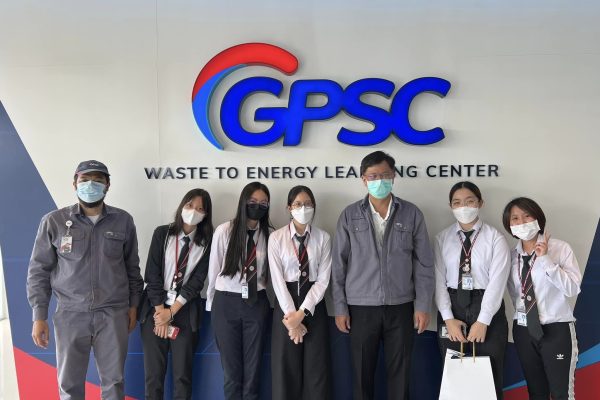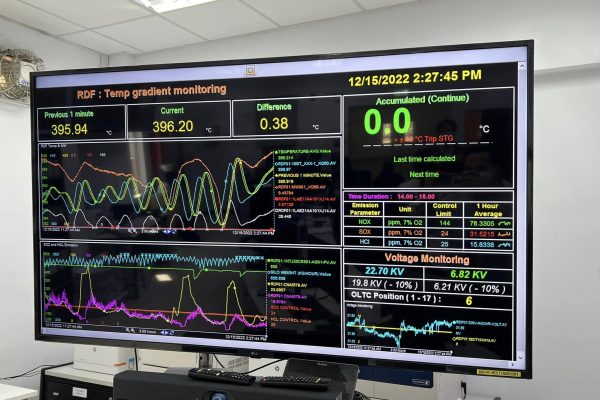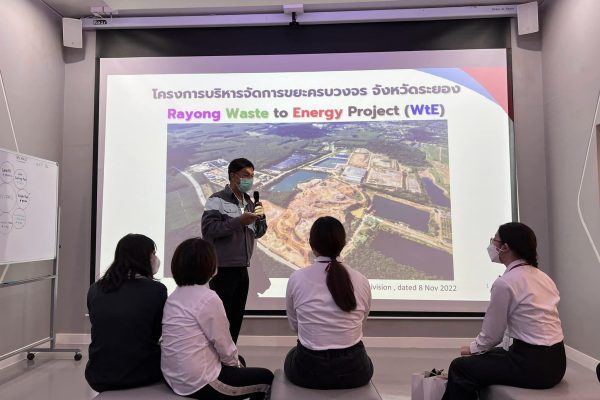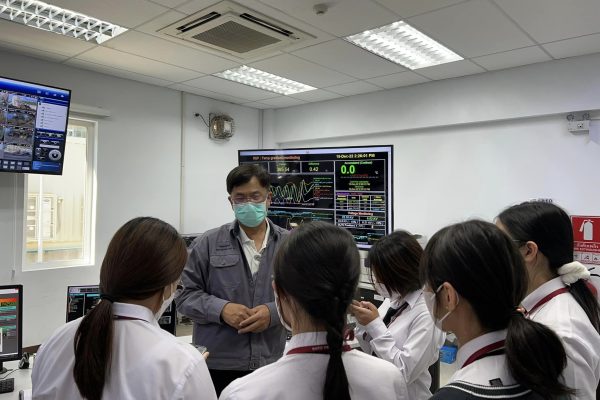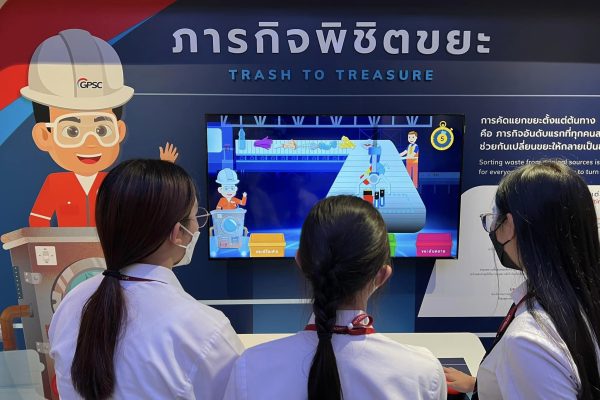We’ve recently visited the GPSC-RDF of Rayong Integrated Solid Waste Management Center for our research project and our zero waste organization back in SPIP. There, we learned how trash is organized in Thailand and how our waste can be converted into precious energy through multiple stages of processing.
Afterwards, we dropped by a zero-waste community that collaborated with the GPSC factory to create lots of interesting consumer goods from plastic waste. It was a fascinating experience to see the industry in real life, and we even managed to make some flower pots from melted plastic! We would love to do this again, and we highly encourage everyone to try it out!
There are several ways to convert waste energy into electricity. One approach is to use waste heat from industrial processes or power plants to generate electricity through a process called cogeneration, also known as combined heat and power (CHP). This can be done by using the waste heat to power a turbine, which generates electricity.
Another approach is to use the kinetic energy from waste materials, such as organic matter or plastic, to generate electricity through a process called waste-to-energy (WTE). In a WTE facility, waste is burned to produce steam, which is then used to generate electricity in a turbine.


